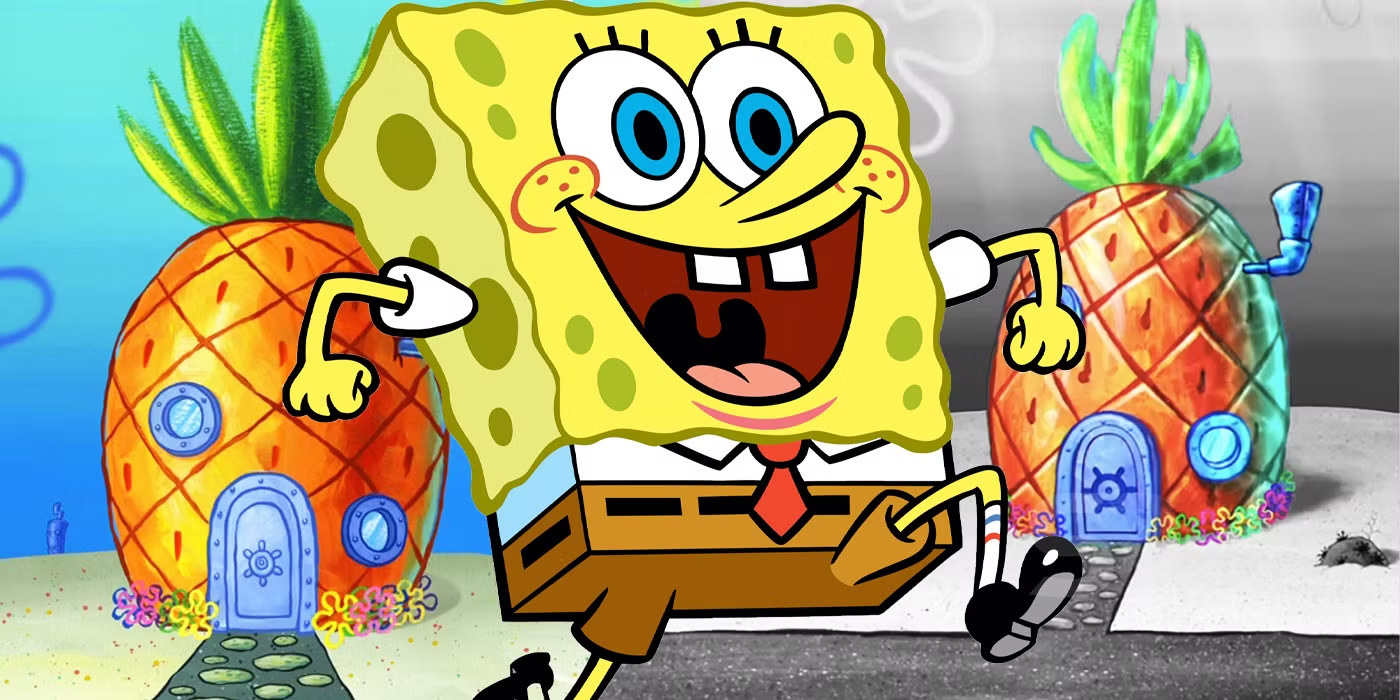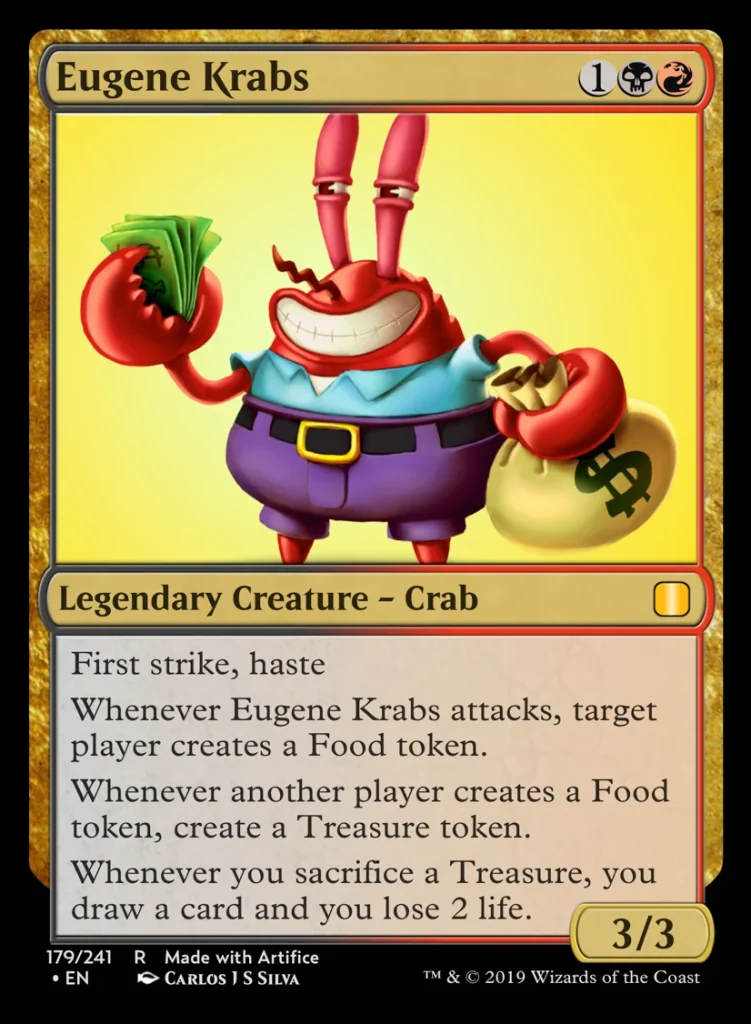Who Lives in a Pineapple Under the Sea? The Cultural Impact of SpongeBob SquarePants

If you’ve ever caught yourself singing, “Who lives in a pineapple under the sea? SpongeBob SquarePants!” then you’re already part of a global phenomenon. More than just a TV show, SpongeBob SquarePants has shaped pop culture in ways few cartoons ever have. He’s a cheerful sponge who works at the Krusty Krab, but his influence reaches far beyond Bikini Bottom. So, what makes this animated series stand out? Let’s take a deep dive.
From Marine Science to Bikini Bottom
Created by marine biologist-turned-animator Stephen Hillenburg, the show first aired on Nickelodeon in 1999. The premise? A happy-go-lucky sea sponge lives in a pineapple under the sea, flipping Krabby Patties and getting into absurd adventures with his best friend, Patrick Star.
His pineapple home isn’t just a random design choice. It reflects the series’ bizarre yet charming tone. In SpongeBob’s world, the ordinary turns extraordinary. Blowing bubbles isn’t just a hobby—it’s an art. Working at a fast-food restaurant? That’s a lifelong dream.
The Cast That Brings Bikini Bottom to Life

A show is only as good as its characters, and SpongeBob SquarePants delivers some of the most unforgettable ones in animation history:
Patrick Star – The loveable yet clueless best friend who somehow makes every situation even funnier.
Squidward Tentacles – The eternally grumpy neighbor with a clarinet and a dream of sophistication.
Mr. Krabs – The money-loving Krusty Krab owner, who adores his daughter Pearl (and his vault of cash).
Sandy Cheeks – The Texan squirrel with a passion for science and karate.
Plankton – The tiny villain with big plans to steal the Krabby Patty formula.
Each character brings a unique energy, creating the chaotic yet heartwarming chemistry that keeps fans hooked.
Humor That Never Gets Old
SpongeBob’s humor works on multiple levels. Kids love the slapstick and silly faces, while adults pick up on the satire, clever dialogue, and cultural references. Whether it’s Patrick’s legendary “Is mayonnaise an instrument?” or Squidward’s eternal sarcasm, the show balances comedy with wit in a way that makes it timeless.
That’s why, even after 25+ years, the jokes still hit. The themes—friendship, perseverance, and finding joy in simple things—keep the series relatable.
More Than a Cartoon: A Cultural Icon
SpongeBob isn’t just a show—it’s a brand, a meme generator, and a staple of internet culture. The franchise has spawned:
Movies and video games – Expanding the world of Bikini Bottom in creative ways.
Merchandise – Everything from backpacks to Krabby Patty gummies.
Theme park attractions – Bringing the world of SpongeBob to life.
Memes and viral trends – If you’ve been online, you’ve seen SpongeBob’s face in countless memes.
Phrases like “I’m ready!” and “The Krusty Krab pizza is the pizza for you and me!” have become part of everyday conversations. SpongeBob memes? A universal language.
Why SpongeBob Still Matters

Few TV shows stay relevant for decades, but SpongeBob continues to entertain new generations. Why? Because it evolves while staying true to its roots. The animation has improved, the storytelling has expanded, but the heart of the show—SpongeBob’s boundless optimism—remains unchanged.
More importantly, the show connects with people. It’s not just about underwater hijinks; it’s about kindness, resilience, and embracing who you are. In a chaotic world, SpongeBob’s positivity is a reminder to enjoy the little things.
Final Thoughts
So, who lives in a pineapple under the sea? We all know the answer. But more than just a character, SpongeBob is a symbol of fun, creativity, and nostalgia. Whether you grew up with the show or just discovered it, one thing’s certain—Bikini Bottom isn’t going anywhere.
And if you’re a fan of pop culture collectibles, check out https://mtgetsy.com/ for unique finds inspired by iconic franchises.



